Health Benefits of Tarragon
The health benefits associated with tarragon are increasingly recognized, contributing to the growth of the Tarragon Market. Tarragon Market is known for its potential anti-inflammatory and antioxidant properties, which appeal to health-conscious consumers. As awareness of natural remedies and herbal supplements grows, tarragon is being incorporated into various health products, including teas and dietary supplements. Market data indicates that the herbal supplement sector has seen a significant uptick, with tarragon being a key player due to its perceived health benefits. This trend suggests that the Tarragon Market may experience a surge in demand as more consumers seek out natural ingredients to enhance their well-being.
Sustainable Agriculture Practices
Sustainable agriculture practices are becoming increasingly important in the Tarragon Market. As consumers become more environmentally conscious, there is a growing demand for sustainably sourced herbs. Farmers are adopting organic farming methods and eco-friendly practices to meet this demand, which may lead to a more robust tarragon supply chain. Market data indicates that organic herb sales have been on the rise, with tarragon being a favored choice among organic consumers. This shift towards sustainability not only benefits the environment but also enhances the marketability of tarragon products, potentially attracting a broader customer base that values ethical sourcing.
Growing Interest in Culinary Herbs
The increasing interest in culinary herbs is a notable driver for the Tarragon Market. Consumers are becoming more adventurous in their cooking, seeking to enhance flavors with unique herbs. Tarragon Market, known for its distinct anise-like flavor, is gaining popularity among home cooks and professional chefs alike. This trend is reflected in the rising sales of fresh and dried tarragon, which have shown a steady increase over the past few years. The Tarragon Market is likely to benefit from this culinary exploration, as more recipes featuring tarragon are shared across various platforms, including social media and cooking blogs. As consumers continue to experiment with flavors, the demand for tarragon is expected to rise, potentially leading to increased cultivation and distribution efforts.
Expansion of the Food Service Sector
The expansion of the food service sector is a significant driver for the Tarragon Market. As restaurants and catering services continue to grow, the demand for unique and flavorful ingredients like tarragon is likely to increase. Chefs are increasingly incorporating tarragon into their menus, recognizing its ability to elevate dishes. Market data suggests that the food service industry has experienced substantial growth, with many establishments seeking to differentiate themselves through innovative culinary offerings. This trend indicates that the Tarragon Market could see a boost in sales as food service providers look to enhance their ingredient selections.
Rising Popularity of Ethnic Cuisines
The rising popularity of ethnic cuisines is influencing the Tarragon Market. Tarragon Market is a staple in various culinary traditions, particularly in French cuisine, where it is used in sauces and dressings. As consumers become more interested in exploring diverse culinary experiences, the demand for tarragon is likely to increase. Market data shows that ethnic food sales have surged, with consumers seeking authentic flavors and ingredients. This trend suggests that the Tarragon Market may benefit from the growing interest in ethnic cooking, as tarragon becomes a sought-after herb for those looking to recreate traditional dishes at home.


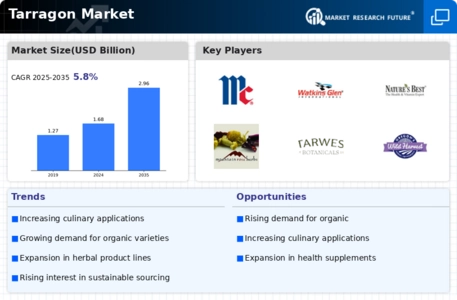

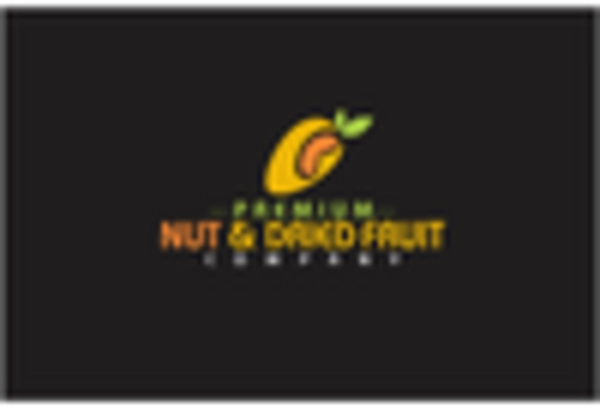
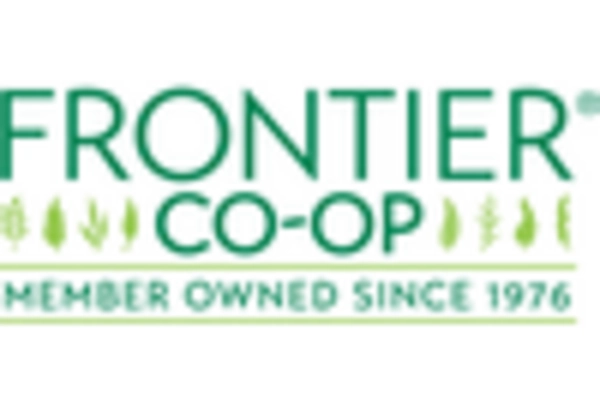
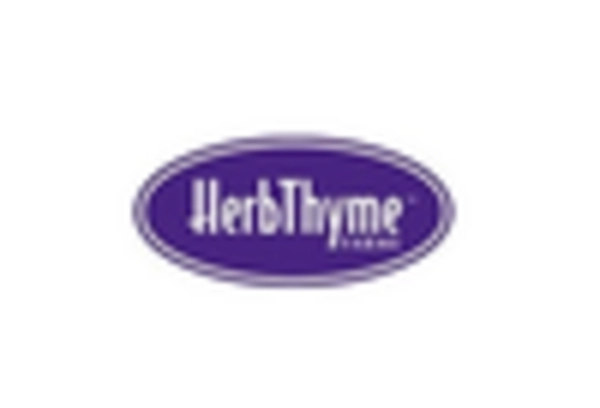
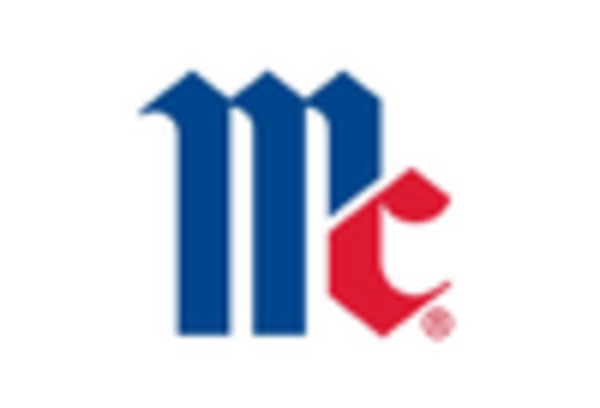
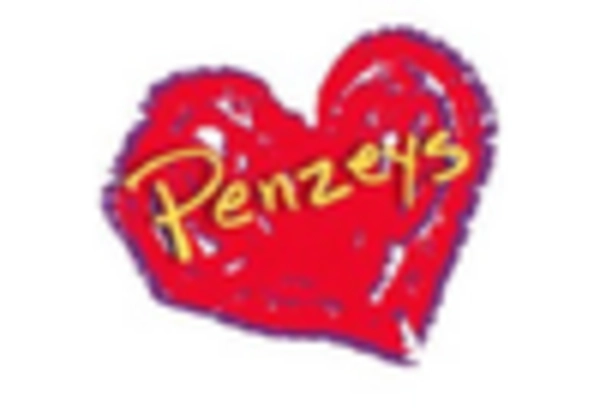
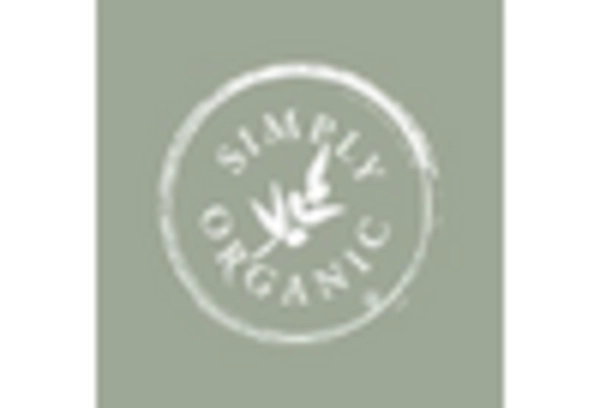








Leave a Comment